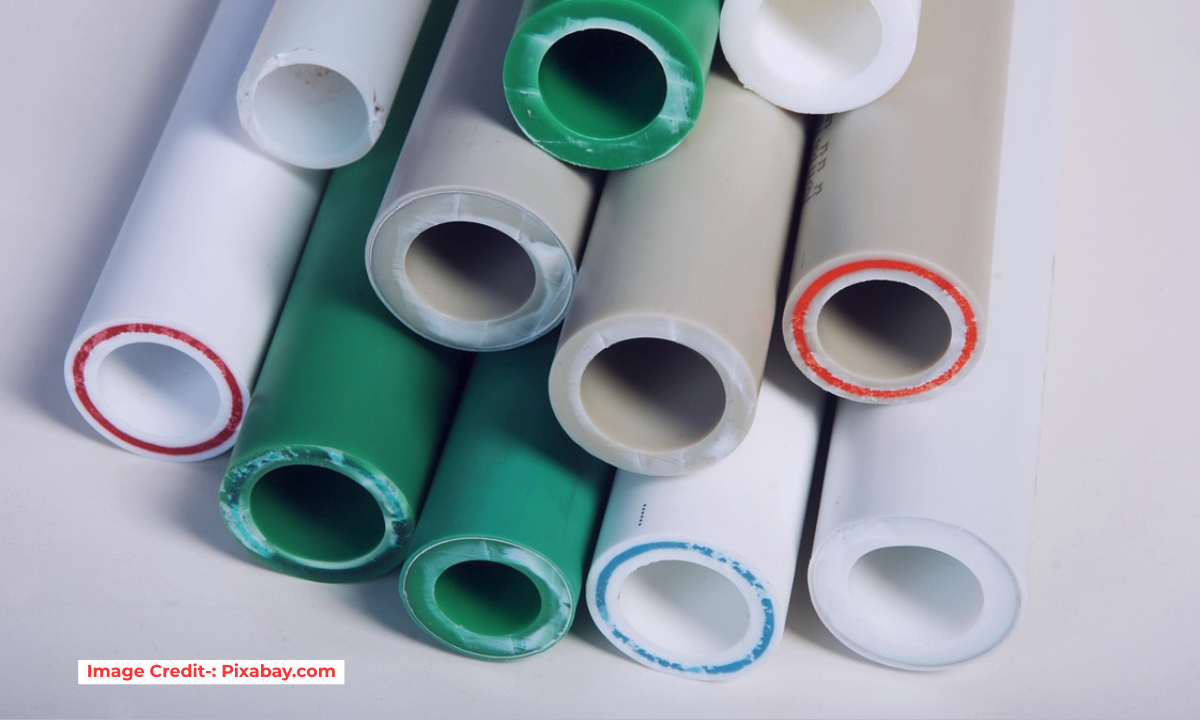
Selecting the right plastic material is a systematic process that balances your product’s functional requirements, manufacturing methods, and cost constraints. The guide below will walk you through the key steps and provide a comparison of common plastic materials to help you make an informed choice.
🔍 A Step-by-Step Selection Guide-:
Here is a practical workflow to guide your material selection process:
-
Confirm Product Requirements: Start by defining the non-negotiable conditions your product will face. Key factors include:
-
Mechanical: Strength, stiffness, impact resistance, and surface hardness.
-
Thermal: Maximum and minimum operating temperatures. The Heat Deflection Temperature (HDT) is a key metric for short-term heat resistance.
-
Environmental: Exposure to chemicals, UV radiation, moisture, and the required lifespan.
-
Electrical: Need for electrical insulation or conductivity.
-
Regulatory: Requirements for food contact, medical use, or flammability ratings like UL 94 for fire safety.
-
-
Review and Compare Materials: Use property tables to compare candidate materials. The table below summarizes common plastics to get you started.
-
Look for Similar Uses: Research what materials are commonly used in existing products with similar functions and requirements. A material with a proven track record in a similar application lowers risk.
-
Consider Manufacturing: The choice of material is tied to your production process (e.g., injection molding, 3D printing). Factors like how a material flows, shrinks, and its stability are critical for manufacturing.
-
Conduct Practical Testing: Once you narrow down options, create prototypes using your finalist materials. Practical testing under real-world conditions is the best way to validate your choice before full-scale production.
Related Posts:
- How to Build a Killer Mechanical Engineering Resume
- Top 10 Interview Questions for Mechanical Engineers
- Pros and Cons of Being a Mechanical Engineer Consultant
📊 Comparison of Common Plastic Materials-:
The table below compares several widely used plastics to help you narrow your options.
| Material | Key Properties | Common Applications | Key Limitations |
|---|---|---|---|
| ABS | Tough, impact-resistant, good dimensional stability, inexpensive | Cosmetic housings, automotive parts, toy bricks (e.g., LEGO®), electrical enclosures | Can show visible knit lines and sink marks on surfaces |
| Polycarbonate (PC) | Extremely high impact strength, transparent, good heat resistance | Bullet-proof “glass”, safety goggles, electronic housings, lighting lenses | Poor chemical resistance, can stress crack |
| Nylon (PA) | High strength, good wear and chemical resistance | Gears, bushings, screws, automotive under-hood components | Absorbs moisture from the environment, which affects properties |
| Polypropylene (PP) | Flexible, chemical resistant, excellent for living hinges, low cost | Food containers, medical parts, lids, automotive interiors | Can be brittle in cold temperatures, prone to shrinkage and warping |
| Acetal (POM) | Stiff, hard, low friction, excellent fatigue resistance | Precision gears, pump parts, conveyor links, locks and fasteners | Difficult to bond or paint, requires uniform wall thickness |
| PEEK | Exceptional high-temperature and chemical resistance, high strength | Aerospace, automotive, and medical implants; high-performance bearings | Very expensive, difficult to process |
| PTFE | Best chemical resistance, very low coefficient of friction, high heat resistance | Non-stick coatings, chemical-resistant seals, high-temperature insulation | Soft, prone to “creep,” low strength, poor dimensional stability |
💡 Key Technical Factors to Consider-:
When reviewing material data sheets, pay close attention to these critical properties:
-
Flammability (UL 94 Rating): If fire safety is a concern (e.g., for electronics, appliances), understand the UL 94 standard. Ratings range from HB (slow burning in a horizontal position) to V-0 (stops burning in less than 10 seconds with no flaming drips) and 5VA (the highest resistance). The right rating is often mandated by safety regulations.
-
Chemical Resistance: A plastic might be strong but degrade quickly when exposed to oils, solvents, or acids. Always check chemical compatibility charts for the specific chemicals your product will encounter.
-
Temperature Performance: Don’t just look at the melting point. The Heat Deflection Temperature (HDT) indicates the temperature at which a material deforms under a load. For long-term use, the Continuous Service Temperature is more relevant.
-
Impact of Additives: The base polymer is often modified. Fillers like glass fibers can significantly increase strength and HDT. Plasticizers increase flexibility, but some (like phthalates) may be restricted. Heat stabilizers and anti-oxidants are necessary for processing and product life.
Related Posts:
- Ultimate Guide to Landing Your First Mechanical Engineering Job
- Is a Master’s Degree in Mechanical Engineering Worth It in India?
- Work-Life Balance for Mechanical Engineers in India: Myth or Reality?
🛠️ From Selection to Implementation-:
After selecting a material, the work isn’t over. Here’s how to proceed toward production:
-
Partner with Manufacturers: Engage with injection molding companies or 3D printing services early. They can provide invaluable feedback on how your chosen material will behave during manufacturing and suggest optimizations for your design (Design for Manufacturability).
-
Order Material Samples: Before committing to a full production run, order samples of the plastic resin or 3D printing filament. This allows you to perform your own physical tests and get a feel for the material.
-
Start with Prototyping: Use methods like CNC machining or 3D printing to create functional prototypes. This allows you to “test before you invest” heavily in tooling for injection molding.
I hope this guide provides a clear path forward for your project. If you can share more specific details about your product’s operating environment, load requirements, or industry, I may be able to offer more tailored suggestions.
Related Posts:

